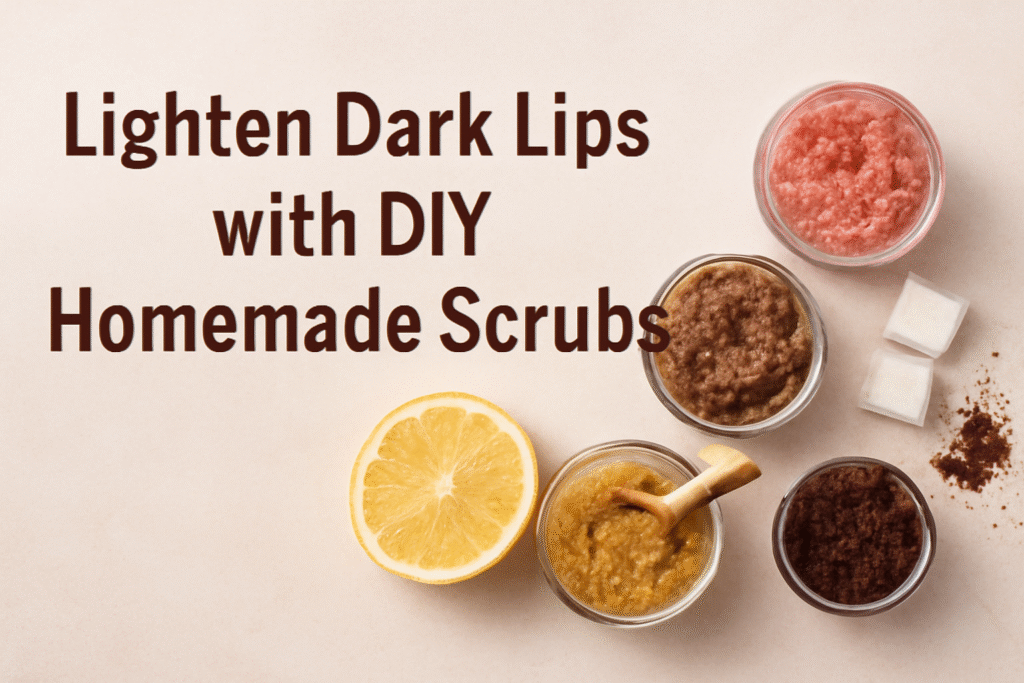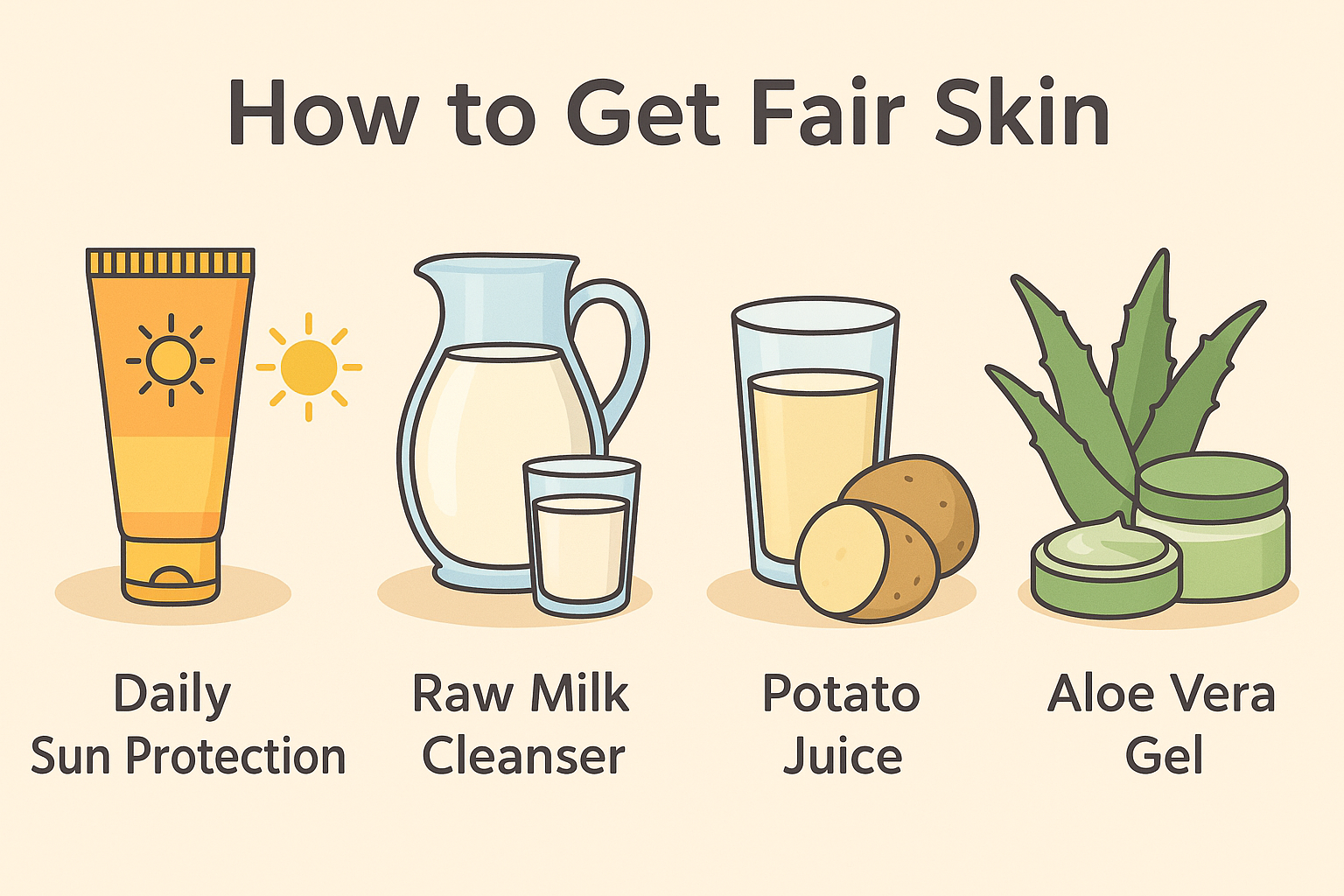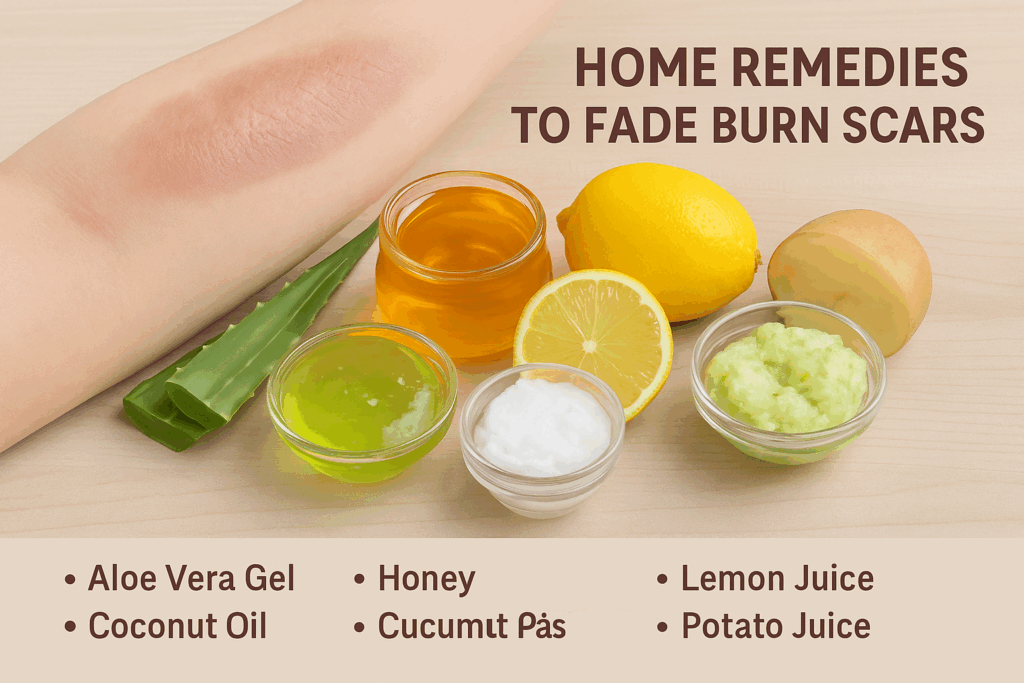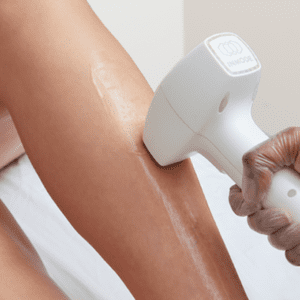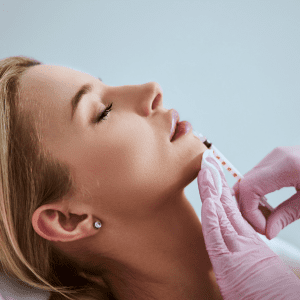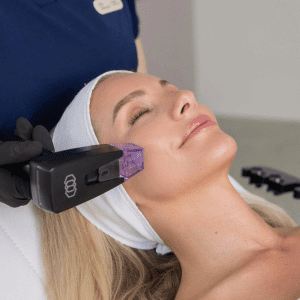A lot of people are worried about white spots on the face, which are sometimes called small patches of discolored or depigmented skin. There are many reasons why these spots show up and they vary in size and location. These spots, which can be caused by the sun, fungi, or autoimmune diseases, can often make a person feel bad about their health and confidence. This blog post will talk about the most common reasons why people get white spots on their skin and the different treatments that are available. It will also show you how these problems can be fixed at Rasa Derm by Dr. Veenu Jindal.
What Are Skin Spots That Are White?
Hypopigmentation, or white spots, happen when melanin, the pigment that gives skin its color, is either less present or not present at all in some places. Even though these spots don’t always mean anything medically, they can be unsightly. White spots can show up on the face, arms, legs, or back, among other places. They can be small, dot-like blemishes or bigger, more irregularly shaped patches.
Common Signs of White Spots:
– Skin spots that are losing their color and look lighter than the rest of the skin?
—Patches that are smooth.
– Lesions that might be itchy (in cases of fungal diseases).
– Changes in how sensitive the area is.
Why White Spots on the Skin Happen Most of the Time
White spots can be caused by a number of different things, and each has its own way of working. Figuring out the right way to treat these spots requires knowing what caused them.
1: Vitiligo
The most well-known skin disease that leaves white spots is called vitiligo. It happens when the body’s immune system attacks the cells that make melanin, called melanocytes, by mistake. Because of this, the places get white patches because they lose their color.
Vitiligo symptoms include white spots that aren’t round and can spread over time.
Most often found on the arms, feet, face, and hands.
Most of the time, there is no pain or burning.
Vitiligo can be caused by:
Vitiligo is thought to be an autoimmune disease, which means that the body’s immune system attacks healthy cells. The exact cause is still not fully known. It might happen because of genes, things in the surroundings, or stress.
Different ways to treat vitiligo:
We at Rasa Derm know that vitiligo can have a big effect on a person’s mental health. Dr. Veenu Jindal makes individualized care plans that might include the following:
- Tinea Versicolor (Fungal Infections)
People often get tinea versicolor, which is also called pityriasis versicolor, which is a fungal illness caused by too much Malassezia yeast on the skin. In hot and muggy places, this condition often causes spots that are white or light in color.
Signs and symptoms of Tinea Versicolor:
– Small white or light-colored spots that are round or oval-shaped.
– Usually found on the neck, chest, back, arms, and hands.
– The spots may be accompanied by mild itching.
What Causes Tinea Versicolor? Tinea versicolor is caused by too much of the yeast that normally lives on our skin. Things like sweating a lot, having oily skin, and having a weak immune system can all lead to its growth.
Treatments for Tinea Versicolor: – Antifungal Shampoos and Creams: – Antifungal treatments, either over-the-counter or with a prescription, can get rid of the problem. Selenium sulfide, ketoconazole, or clotrimazole may be suggested by Dr. Jindal as cosmetic treatments.
3: Pityriasis Alba
People of all ages can get pityriasis alba, but kids and young adults are most likely to get it. People with this condition have pale, slightly rough spots that show up on their arms and faces. There is no known cause of pityriasis alba, but it is often linked to eczema or dry skin.
Signs and symptoms of Pityriasis Alba:
– Light spots that are round or oval and often have a small scale on them.
– Most often found on the neck, face, and upper arms.
– Patches might stand out more after being in the sun.
Pityriasis Alba is caused by the following:
Even though no one knows for sure what causes it, it may have something to do with dry skin or a skin disease that makes the skin swell up, like eczema. Being in the sun can make the patches stand out more because the skin around them gets darker while the spots stay pale.
– Moisturizers: Using moisturizing creams on a regular basis can help keep the skin moist and stop it from flaking.
Protecting yourself from the sun: Broad-spectrum sunscreen keeps the patches from getting darker from the sun.
- IGH, or Idiopathic Guttate Hypomelanosis
Idiopathic guttate hypomelanosis is a harmless disease that shows up as small white spots on the forearms, shins, or other areas that get a lot of sun. This disease mostly affects adults in their 40s or 50s, and it may be linked to sun damage.
Small, flat white spots that are 2 to 5 millimeters across are a sign of IGH.
– Doesn’t hurt or itch.
— Most often found on the face, legs, and arms.
Causes of IGH: No one knows for sure what causes IGH, but it is thought to have something to do with long-term sun exposure and the skin’s normal aging process, which makes some parts of the skin lose their color.
– Cryotherapy: Putting liquid nitrogen on the spots and freezing them can help get rid of the skin that is damaged.
– Use of lasers for treatments: At Rasa Derm, laser treatment can be used to either make more pigment or get rid of cells that have lost their color.
- Damage from the sun
Because melanocytes are destroyed by too much time in the sun, it can lead to a number of skin problems, including white spots. Since the sun can damage skin over time, some places may get darker while others lose their color.
Sun-Induced White Spots: – Small, flat white spots on arms, legs, and face that get a lot of sun; – These spots don’t get darker when they’re in the sun.
White spots on the skin are caused by too much contact to ultraviolet (UV) rays, which can damage melanocytes and cause loss of pigment in certain areas. Often, this happens after years of being in the sun without protection.
Treatments for White Spots Caused by the Sun: – **Prevention**: Using broad-spectrum sunscreen every day is the best way to keep these spots from getting worse.
Treatments that go on the face: Moisturizers with antioxidants or niacinamide can help even out skin tone.
– Laser therapy: In situations where the spots are very noticeable, laser treatments can help even out the skin tone.
6: Eczema and psoriasis
Some long-term skin diseases, like psoriasis and eczema (atopic dermatitis), can cause white spots on the skin because they damage and inflame the skin. Most of the time, these spots only last a short time and show up after the situation gets worse.
White spots that could be caused by eczema or psoriasis show these signs:
— Red, swollen patches of skin that may get lighter as they heal.
— Itching, flaking, and pain.
Causes: These situations make the skin very red and swollen, which can stop melanin production and cause temporary loss of color.
Possible Treatments: **Topical Steroids and Emollients**: Using moisturizers and topical steroids regularly can help control the underlying problem and stop skin from losing its color.
– Phototherapy is: In severe cases, light treatment might help lower inflammation and make the skin tone better.
How to Keep Your Skin from Getting White Spots
Even though you can’t stop all white spots from appearing, you can make it less likely that they will:
Protection from the sun: Before going outside, you should always use a broad-spectrum sunscreen with at least SPF 30. Sunscreen keeps your skin from getting damaged by the sun and helps keep your skin tone even.
– An excellent skin care routine: Many common skin conditions that cause discoloration can be avoided by keeping the skin moist and using items that are right for your skin type.
-Treat skin infections right away:** If you think you have a fungal infection or another skin problem, get help right away to avoid problems like discoloration.
Why Should You Choose Rasa Derm to Treat White Spots?
Dr. Veenu Jindal at Rasa Derm treats skin problems in a way that looks at the whole person and makes treatment plans that fit each person’s needs. Our center has cutting-edge treatments that can improve the health and look of your skin, whether your white spots are caused by vitiligo, fungal infections, or sun damage. We want to help you get clear, healthy skin by using everything from topical treatments to modern laser treatments.
See a doctor at Rasa Derm right away if you’re worried about the white spots on your face. Our team, led by Dr. Jindal, is here to help you find personalized solutions that will make your skin look better and stay healthy.




